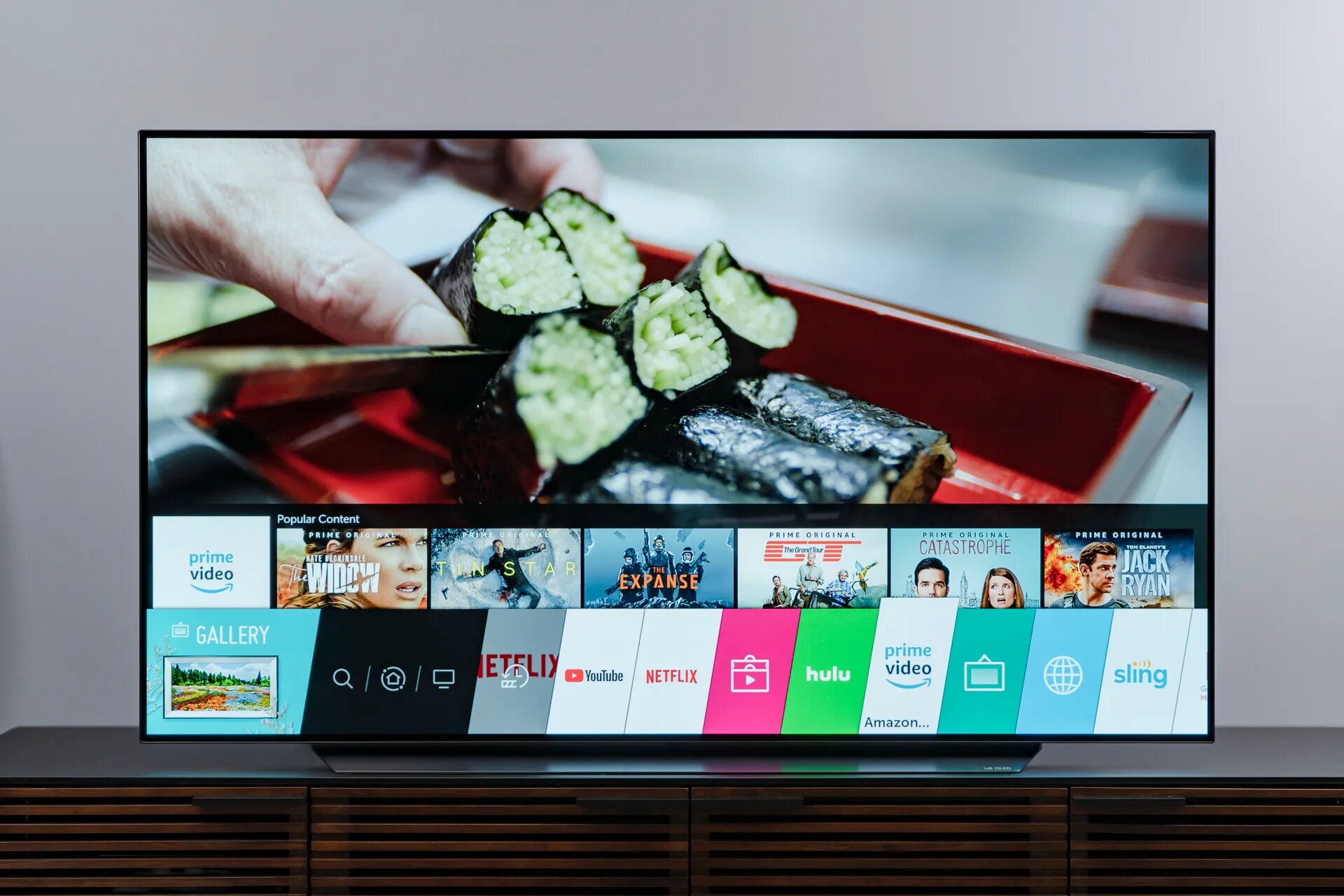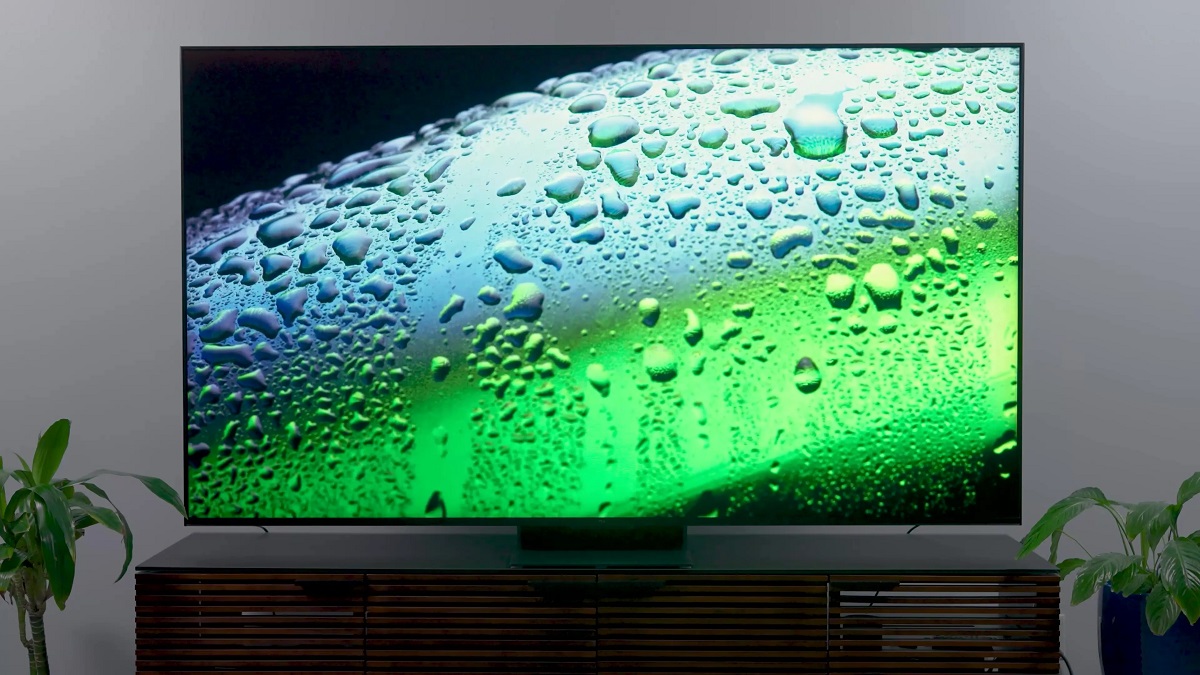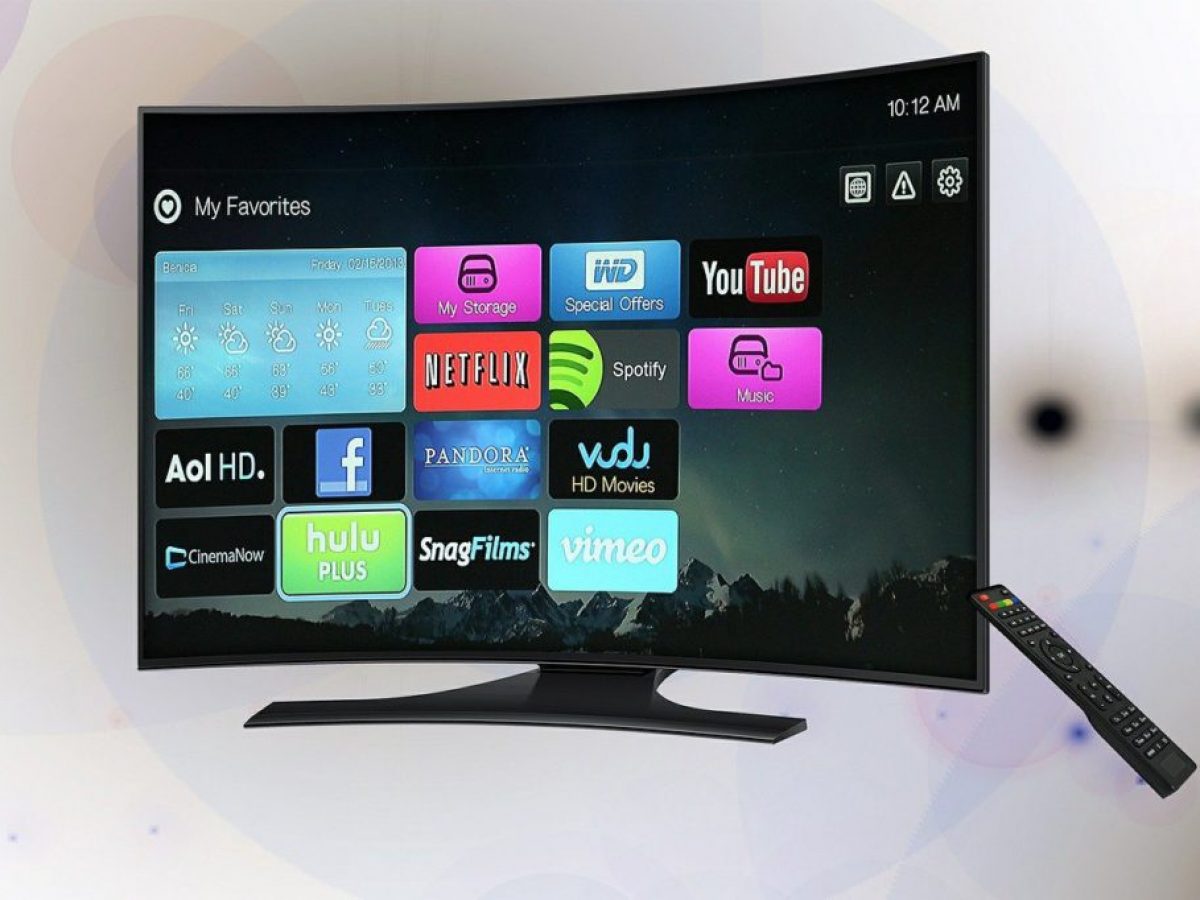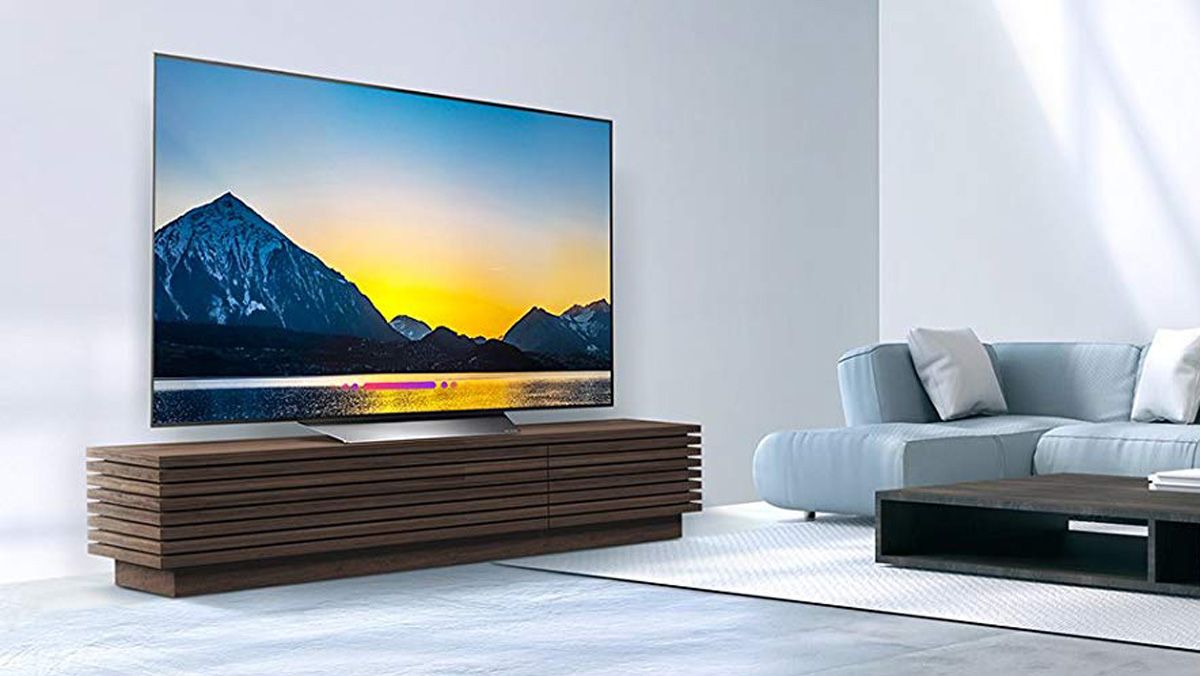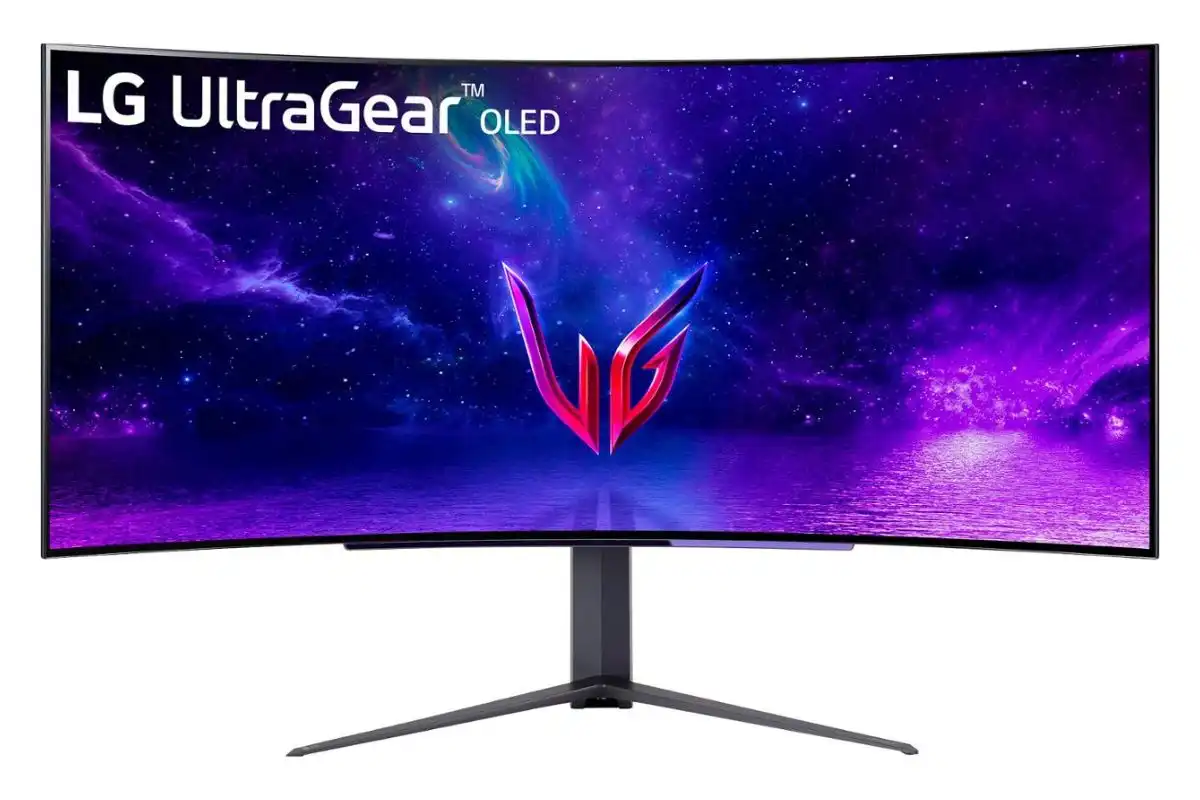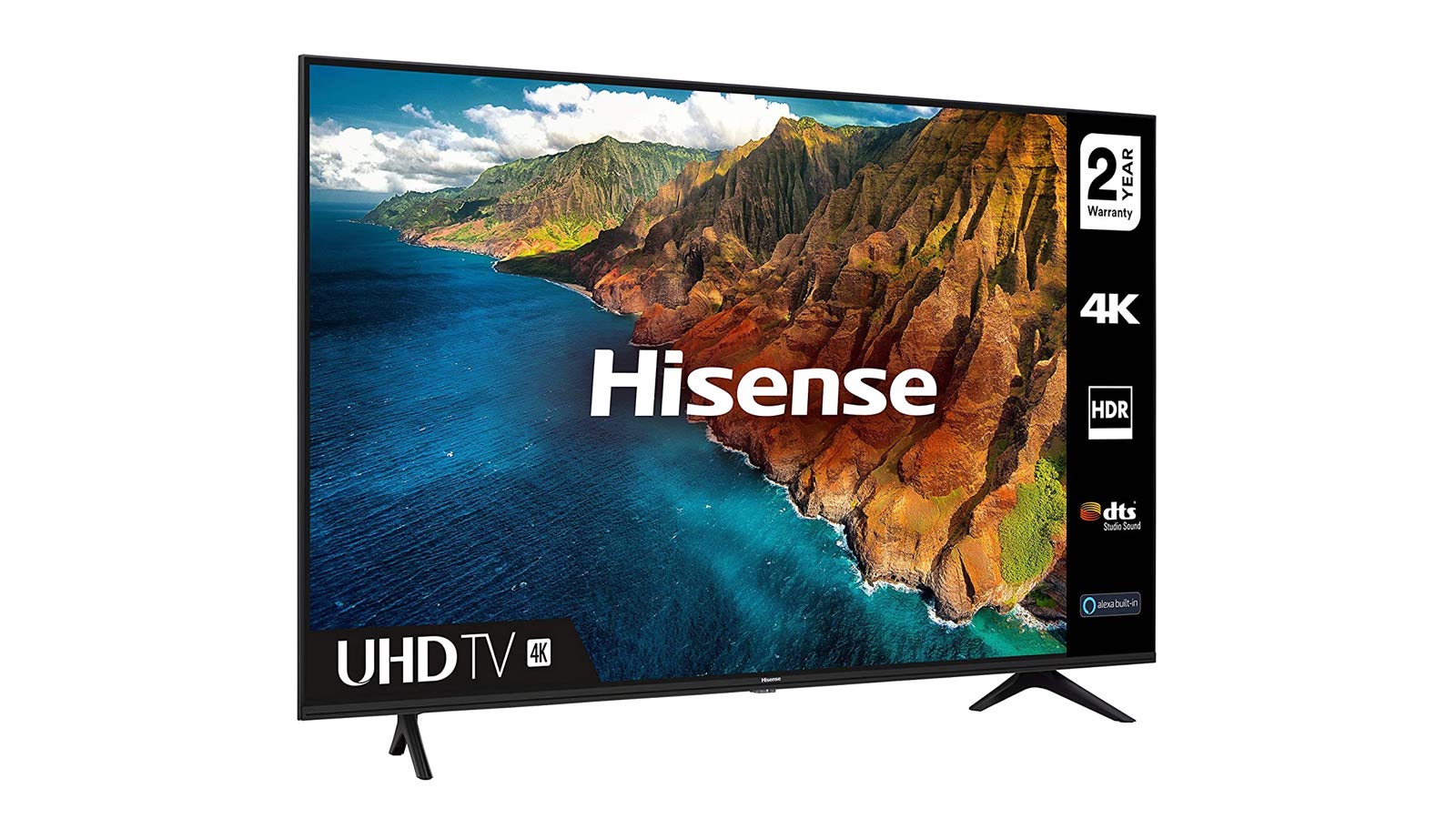Introduction
Welcome to the world of cutting-edge technology and high-definition entertainment! In recent years, the television market has witnessed significant advancements, offering viewers a plethora of options to choose from. Two popular options that have attracted attention are UHD (Ultra High Definition) TVs and OLED (Organic Light-Emitting Diode) TVs. These technological marvels bring a whole new level of picture quality and immersive viewing experiences into our homes.
Both UHD and OLED TVs have their unique features and advantages, making it crucial to understand the differences between them. In this article, we will delve into the contrasting characteristics of UHD and OLED TVs, exploring aspects such as resolution, color reproduction, contrast ratio, viewing angles, power consumption, and price.
So, whether you are a tech enthusiast, a movie buff, or simply in the market for a new TV, read on to discover the nuances that set UHD and OLED TVs apart. By the end of this article, you’ll have a clearer picture of which TV technology suits your entertainment needs and preferences.
What is UHD TV?
UHD, which stands for Ultra High Definition, is a term used to describe the resolution of a television screen. Also known as 4K resolution, UHD TVs offer an image quality that is four times clearer and sharper than Full HD. With a resolution of 3840 x 2160 pixels, UHD TVs deliver an incredibly detailed and realistic viewing experience.
One of the key benefits of UHD TVs is their ability to showcase more vibrant and lifelike colors. This is due to their wider color gamut, allowing for a broader range of colors to be displayed on the screen. With a UHD TV, you can expect to see more nuanced shades and hues, resulting in a more immersive and visually pleasing experience.
Another notable feature of UHD TVs is their high contrast ratio. This refers to the difference between the darkest and brightest parts of an image. UHD TVs typically have a higher contrast ratio compared to standard HD TVs, which means they can display deeper blacks and brighter whites, resulting in enhanced overall image quality.
Additionally, UHD TVs offer a wider viewing angle, ensuring that the image remains clear and vibrant even when viewed from different angles. This is particularly advantageous for larger screens or when there are multiple viewers in the room.
When it comes to content, UHD TVs are compatible with a variety of sources, including streaming services, Blu-ray discs, and gaming consoles. Many streaming platforms now offer UHD content, allowing you to enjoy movies, TV shows, and documentaries in stunning detail.
It’s worth noting that not all UHD TVs are created equal. Some manufacturers incorporate additional features, such as HDR (High Dynamic Range), which further enhances the color, contrast, and brightness of the image. HDR technology delivers more accurate and realistic colors, making the viewing experience even more impressive.
As technology continues to advance, UHD TVs are becoming more accessible and affordable, making them a popular choice for those looking to upgrade their home entertainment setup. Whether you’re a film lover, a sports enthusiast, or a fan of immersive gaming, UHD TVs offer a captivating visual experience that will bring your content to life.
What is OLED TV?
OLED, which stands for Organic Light-Emitting Diode, is a revolutionary display technology that has gained popularity in recent years. Unlike traditional LCD or LED TVs, OLED TVs do not require a backlight. Instead, each individual pixel in an OLED display emits its own light, resulting in precise control over each pixel and exceptional picture quality.
One of the significant advantages of OLED TVs is their ability to achieve perfect black levels. Since each pixel can be turned off completely, OLED TVs can display deep, rich blacks that provide a stark contrast to the surrounding colors. This results in stunning image quality with enhanced details and a greater sense of depth.
OLED TVs also excel in color reproduction, offering incredibly accurate and vibrant colors. Each individual pixel can emit light at different intensities, allowing for a wide range of colors to be displayed with exceptional precision. This means that colors appear more vibrant and lifelike, enhancing the overall visual experience.
Another remarkable feature of OLED TVs is their ultra-thin design. Since OLED displays don’t require a backlight, the panels can be made extremely thin and flexible. This allows for sleek and stylish TV designs that can be mounted flush to the wall or placed on a stand without taking up much space.
Furthermore, OLED TVs provide wide viewing angles without any loss in picture quality. Unlike some LCD or LED TVs that experience color shifts or diminished contrast when viewed from the side, OLED TVs maintain consistent image quality from almost any angle. This makes OLED TVs an ideal choice for larger rooms or when multiple viewers are watching the screen from different positions.
When it comes to response time, OLED TVs excel as well. The individual pixels can switch on and off almost instantaneously, resulting in smoother motion and reduced motion blur. This makes OLED TVs especially suitable for watching fast-paced action scenes, sports, or playing video games.
While OLED technology offers magnificent picture quality, it is worth noting that OLED TVs tend to be more expensive compared to other types of TVs. The manufacturing process for OLED displays is more complex, resulting in higher production costs. However, as the technology advances and becomes more mainstream, prices are gradually becoming more affordable.
Overall, OLED TVs deliver an unparalleled visual experience with their perfect black levels, vibrant colors, wide viewing angles, and ultra-thin design. Whether you are a cinephile, a gamer, or simply value stunning picture quality, OLED TVs are an excellent choice for those who want to elevate their home entertainment to new heights.
Resolution
Resolution plays a crucial role in determining the clarity and detail of the images displayed on a TV screen. Both UHD and OLED TVs offer impressive resolutions that enhance the viewing experience.
UHD TVs, also known as 4K TVs, boast a resolution of 3840 x 2160 pixels. This translates to a total of nearly 8.3 million pixels on the screen, providing a level of detail that is four times higher than Full HD. With such a high resolution, UHD TVs can display intricate details, sharp edges, and smooth lines, resulting in breathtakingly realistic images. Whether you’re watching movies, documentaries, or playing video games, UHD resolution brings your content to life with incredible clarity.
OLED TVs, on the other hand, have a similar resolution to UHD TVs, with most models featuring 3840 x 2160 pixels. However, their advantage lies in the unique nature of OLED technology. Each pixel in an OLED display emits its own light and can be individually controlled. This allows for precise rendering of details, leading to exceptionally sharp and lifelike images. The combination of OLED technology and high resolution ensures that viewers can enjoy stunning picture quality with rich details and vibrant colors.
When it comes to resolution, both UHD and OLED TVs offer an immersive visual experience. The sharpness and level of detail are significantly enhanced, enabling viewers to see every minute detail in their favorite movies or games.
It’s important to note that the benefit of higher resolution becomes more apparent on larger screens or when sitting closer to the TV. If you have a smaller screen and sit at a reasonable viewing distance, the difference between UHD and OLED resolutions may be less noticeable.
Ultimately, whether you choose a UHD TV or an OLED TV, you can expect to enjoy an impressive level of detail and clarity that will elevate your entertainment experience to new heights.
Color Reproduction
Color reproduction is a crucial aspect of any TV, as it directly impacts the visual quality and realism of the images displayed. Both UHD and OLED TVs excel in their ability to reproduce colors accurately and vividly, but there are some differences in how they achieve this.
UHD TVs, with their wider color gamut, are capable of displaying a broader range of colors compared to standard HD TVs. This expanded color palette allows for more nuanced and vibrant shades, resulting in images that appear more lifelike and immersive. The increased color accuracy of UHD TVs is particularly noticeable in scenes with a wide variety of hues, such as landscapes, sunsets, or vibrant costumes.
OLED TVs, on the other hand, take color reproduction to the next level. As each pixel emits its own light, OLED displays can achieve perfect blacks and infinite contrast, allowing for exceptional color accuracy and vibrancy. The individual control over each pixel ensures that colors are rendered with precise intensity and saturation. The result is stunningly realistic images with vibrant colors that pop off the screen.
When it comes to color reproduction, OLED TVs have a slight advantage over UHD TVs due to their ability to achieve perfect blacks and exceptional contrast. This allows for a greater level of color accuracy and depth, providing a more immersive viewing experience. However, it’s important to note that the difference may not be drastically noticeable unless you are viewing content specifically designed to showcase the capabilities of OLED technology.
It’s also worth mentioning that both UHD and OLED TVs support High Dynamic Range (HDR) technology, which further enhances color reproduction. HDR expands the range of light and dark levels that can be displayed, resulting in more vibrant and detailed images. With HDR content, colors appear more vivid, and highlights and shadows are more pronounced, adding another layer of realism to the viewing experience.
Whether you choose a UHD TV or an OLED TV, you can expect to enjoy impressive color reproduction. UHD TVs offer a wider color gamut, while OLED TVs boast perfect blacks and infinite contrast, providing exceptional color accuracy and vibrancy. The choice ultimately depends on your preference and the level of realism you desire from your TV.
Contrast Ratio
The contrast ratio is an essential factor in determining the quality and depth of the images displayed on a TV screen. It refers to the difference between the darkest and brightest parts of an image. Both UHD and OLED TVs offer impressive contrast ratios, albeit in different ways.
UHD TVs typically have a higher contrast ratio compared to standard HD TVs. This is due to their ability to display deeper blacks and brighter whites, resulting in greater image detail and more vibrant colors. The high contrast ratio ensures that dark scenes appear richer and more distinct, while bright areas retain their clarity and crispness. This enhances the overall picture quality, making the viewing experience more immersive and visually impressive.
On the other hand, OLED TVs take contrast to a whole new level. With their unique ability to individually control each pixel’s brightness, OLED displays can achieve perfect blacks. When a specific pixel is turned off on an OLED screen, no light is emitted, resulting in an absolute absence of light and a contrast ratio that is technically infinite. This allows OLED TVs to produce exceptional levels of contrast, bringing out the smallest details in dark scenes while maintaining the brightness and vibrancy of bright areas.
The advantage of OLED technology lies in its ability to produce deep blacks, which significantly enhances the overall contrast ratio. The contrast between dark and light areas on the screen creates a visually stunning image with greater depth and realism. This is especially noticeable in scenes with a wide range of light and dark elements, such as space scenes, nighttime landscapes, or horror movies with dimly lit settings.
While UHD TVs offer excellent contrast ratios, OLED TVs provide an unparalleled level of contrast with their ability to achieve perfect blacks. This results in superior image quality, especially when it comes to scenes with a wide contrast range. The depth and realism offered by OLED TVs make them a popular choice for those who prioritize exceptional picture quality and immersive viewing experiences.
It’s important to note that the benefits of a higher contrast ratio become more apparent in a dark viewing environment. In well-lit rooms, the contrast ratio may not be as noticeable, and both UHD and OLED TVs can still provide an enjoyable viewing experience.
Ultimately, both UHD and OLED TVs offer impressive contrast ratios that elevate the image quality and provide a more immersive viewing experience. Whether you choose a UHD TV with its high contrast ratio or an OLED TV with its perfect blacks, you can expect to enjoy stunning visuals that bring your content to life.
Viewing Angles
The viewing angle refers to the range of angles from which a TV screen can be viewed without loss of picture quality. Both UHD and OLED TVs offer excellent viewing angles, but there are some differences to consider.
UHD TVs generally have wider viewing angles compared to older LCD or LED TVs. This means that you can enjoy a clear and accurate image even when viewing the screen from the side, allowing for a more flexible seating arrangement in a room. The wider viewing angle ensures that everyone in the room can have an optimal viewing experience, regardless of their position relative to the screen. This makes UHD TVs an excellent choice for larger families or gatherings where multiple people may be watching the TV from different angles.
OLED TVs take viewing angles to new heights. Due to the nature of OLED technology, each pixel emits its own light, allowing for consistent image quality from almost any angle. Whether you’re sitting directly in front of the TV or off to the side, the colors, contrast, and details remain consistent and vibrant. This eliminates the issue of color shifting or dimming that may occur with some LCD or LED TVs when viewed from extreme angles.
One notable advantage of OLED TVs is their ability to maintain image integrity even when viewed from tight angles. This is particularly beneficial for those who have large rooms or irregular seating arrangements where maintaining perfect alignment with the TV screen is not always possible. With an OLED TV, you can enjoy an exceptional viewing experience from virtually any position in the room.
However, it’s worth noting that the benefits of wider viewing angles may not be as noticeable on smaller TV screens or when sitting at a reasonable distance from the screen. Moreover, the extent of the viewing angle advantage may vary between different models and manufacturers. It is always recommended to check the specifications and reviews of specific TVs to determine the actual performance in terms of viewing angles.
Ultimately, both UHD and OLED TVs provide impressive viewing angles that ensure a consistent and enjoyable viewing experience from a wide range of positions. Whether you prefer the wider viewing angles of UHD TVs or the exceptional consistency of OLED TVs, you can find a TV that suits your needs and offers excellent performance from any seating position in the room.
Power Consumption
Power consumption is an important consideration when choosing a TV, as it not only affects your energy bill but also has an impact on the environment. Both UHD and OLED TVs have their own characteristics when it comes to power consumption.
UHD TVs are generally more power-efficient compared to older TV technologies such as Plasma or LCD. With advancements in LED backlighting and improved energy management features, UHD TVs have reduced power consumption while delivering high-quality visuals. However, it’s important to note that power consumption can vary between different UHD TV models and manufacturers. Some UHD TVs may have additional features such as high refresh rates or local dimming, which can increase power usage.
OLED TVs are known for their energy efficiency and can consume less power compared to some UHD TVs. This is because OLED technology does not require a backlight, resulting in energy savings when displaying dark scenes or black pixels. As each pixel in an OLED display can individually emit light or remain turned off, OLED TVs have excellent control over power consumption and can optimize energy usage based on the content being displayed.
It’s worth mentioning that power consumption also depends on various factors such as screen size, brightness settings, usage patterns, and picture settings. Adjusting the backlight settings, enabling power-saving modes, and reducing brightness can help further reduce power consumption for both UHD and OLED TVs.
While OLED TVs may have an advantage in terms of power efficiency, it’s important to consider the overall energy consumption of the TV, including standby power consumption. When a TV is turned off but still plugged in, it may consume a small amount of power in standby mode. It is advisable to check the specifications of specific TV models for their standby power consumption ratings.
It’s also worth mentioning that energy-efficient TVs may carry an Energy Star label, which signifies that they meet certain energy-saving guidelines established by the Environmental Protection Agency (EPA). When comparing different TV models, it can be beneficial to look for the Energy Star label to ensure you’re choosing a TV with good energy efficiency.
Ultimately, both UHD and OLED TVs have made strides in terms of power efficiency. While OLED TVs generally have better overall energy consumption due to their unique technology, power usage can vary among individual TV models and should be considered along with other factors when making a purchasing decision.
Price
Price is an important factor to consider when purchasing a new TV, as it determines the affordability and value for your investment. When comparing UHD and OLED TVs, there are significant differences in terms of price.
UHD TVs have become increasingly affordable over the years, making them a popular choice for many consumers. With advancements in technology and increased competition among manufacturers, UHD TVs are now available in a wide range of price points to suit various budgets. Entry-level UHD TVs can be found at relatively affordable prices, providing access to the benefits of higher resolution and improved picture quality without breaking the bank.
On the other hand, OLED TVs tend to be more expensive compared to UHD TVs. The manufacturing process and materials used in OLED displays contribute to their higher price tag. The unique capabilities of OLED technology, such as perfect blacks, infinite contrast, and vibrant colors, come at a premium. As a result, OLED TVs are typically positioned as a high-end option for those seeking the highest picture quality and are willing to invest more in their home entertainment setup.
It’s important to note that the price of both UHD and OLED TVs can vary depending on factors such as brand, screen size, additional features, and overall specifications. Larger screen sizes and premium features like HDR support or smart TV functionality can contribute to a higher price point for both UHD and OLED models.
Consider your needs and budget when deciding between UHD and OLED TVs. If you are looking for a more affordable option that still offers excellent picture quality and resolution, UHD TVs provide a great value for your money. On the other hand, if you prioritize the absolute best in image quality and have a larger budget, OLED TVs offer unparalleled visual performance that comes at a higher cost.
Ultimately, the decision between UHD and OLED TVs comes down to your budget and the level of visual experience you desire. Whether you choose a UHD TV or an OLED TV, both offer significant advancements in picture quality and can provide excellent entertainment value for your investment.
Conclusion
When it comes to choosing between UHD and OLED TVs, both options offer their own unique capabilities and advantages. Consider your preferences, budget, and the specific features that matter most to you in order to make an informed decision.
UHD TVs, also known as 4K TVs, provide exceptional resolution, vibrant colors, and impressive contrast ratios. They offer a wide range of choices at various price points, making them a popular and affordable option for many consumers. UHD TVs deliver an immersive viewing experience with sharp details and lifelike visuals, especially when watching content specifically designed for 4K resolution.
OLED TVs, on the other hand, take picture quality to the next level with their ability to achieve perfect blacks, infinite contrast, and exceptional color accuracy. Each pixel in an OLED display emits its own light, resulting in vivid and lifelike images with an unparalleled depth and realism. OLED TVs excel in delivering a breathtaking viewing experience with wide viewing angles, precise color reproduction, and superior contrast ratios.
Price can also be a determining factor in your decision-making process. UHD TVs generally offer a more affordable range of options, while OLED TVs tend to be more expensive due to their advanced technology and exceptional picture quality. Consider your budget and decide how much you are willing to invest in your TV purchase.
Ultimately, whether you choose a UHD TV or an OLED TV, the advancements in display technology ensure a remarkable visual experience. Both options provide stunning picture quality, enhanced resolution, and immersive viewing experiences, allowing you to enjoy your favorite movies, shows, and games with breathtaking clarity and detail.
Carefully evaluate your needs, preferences, and budget to choose the TV that best suits your requirements. Regardless of your choice, upgrading to a UHD or OLED TV will undoubtedly revolutionize your home entertainment experience and bring the magic of high-definition visuals right into your living room.









